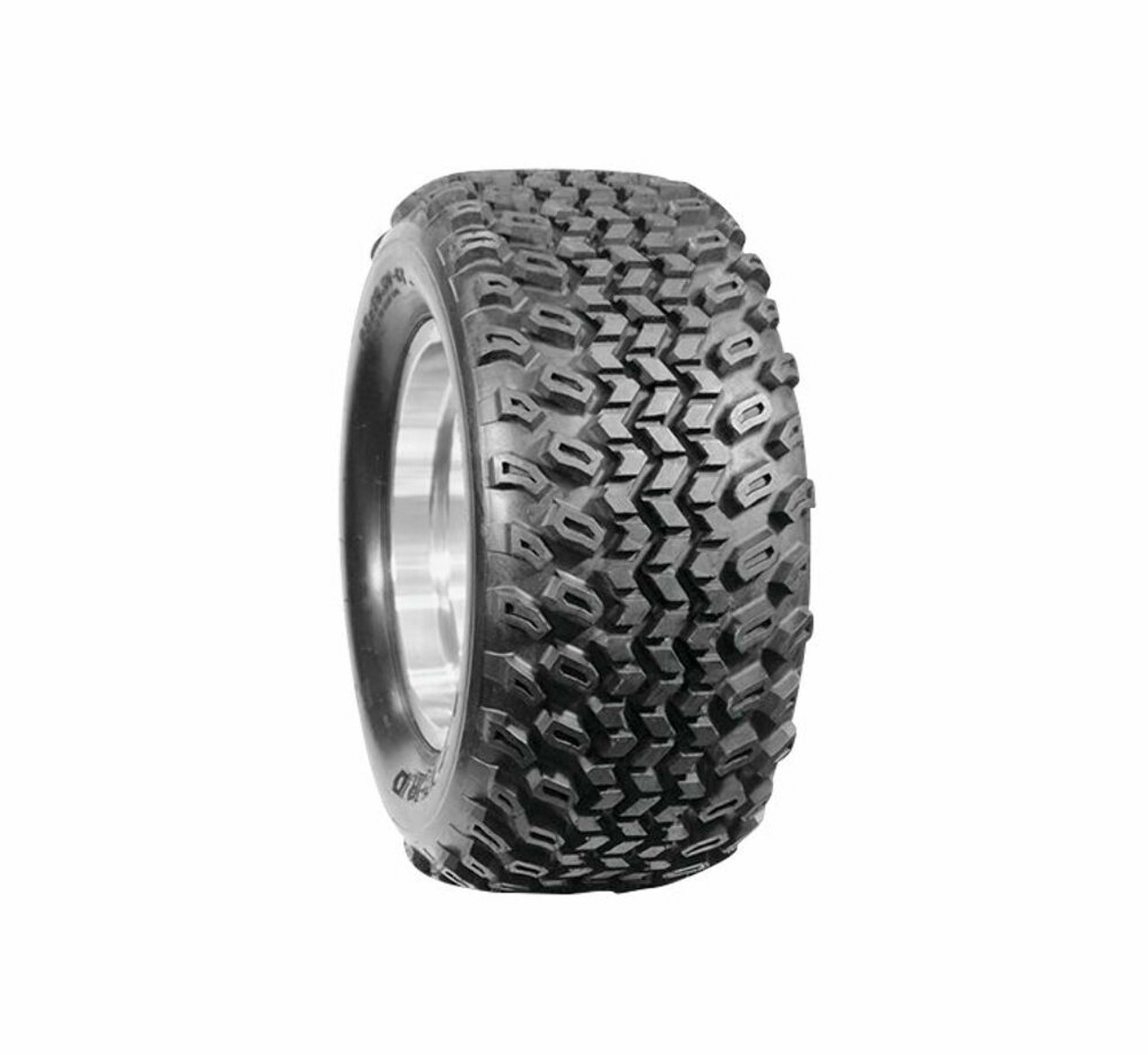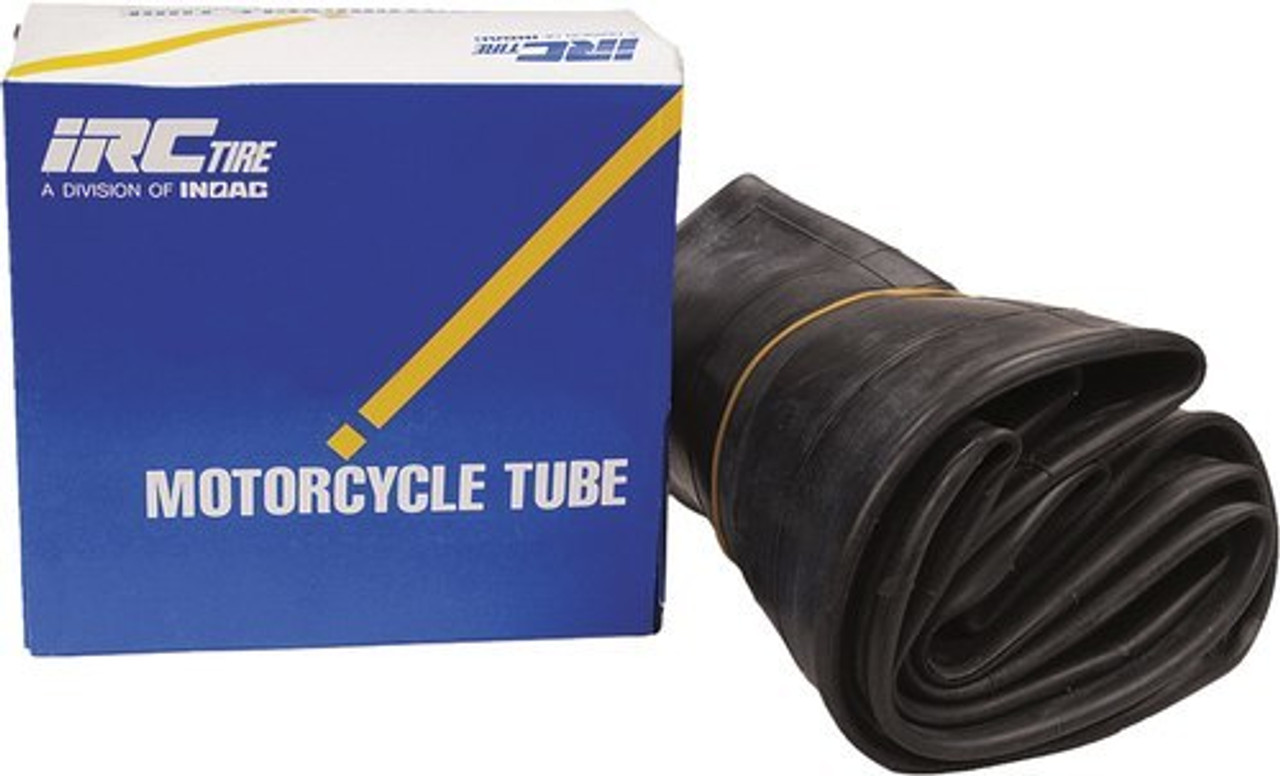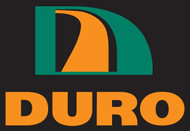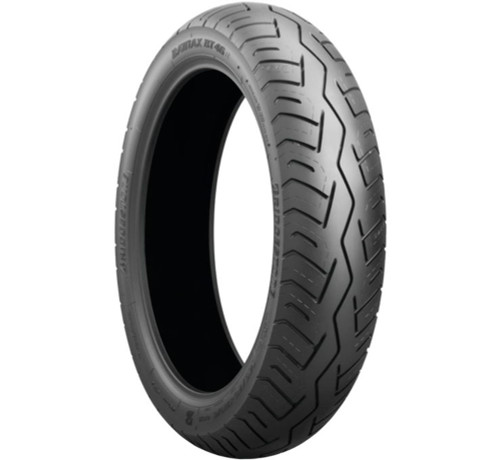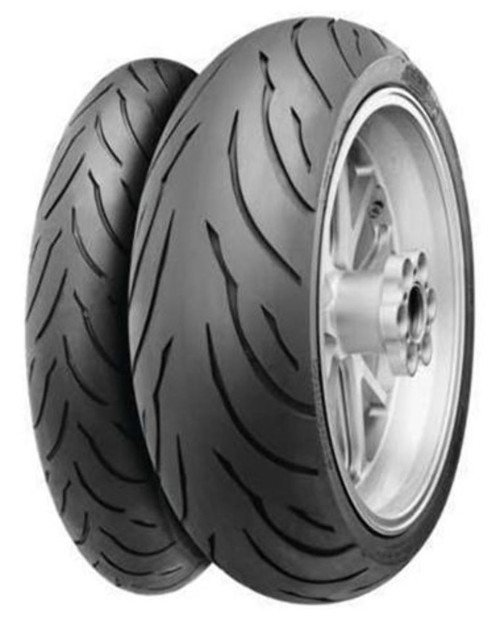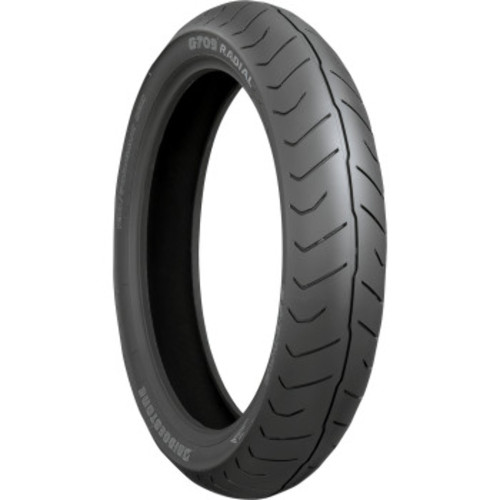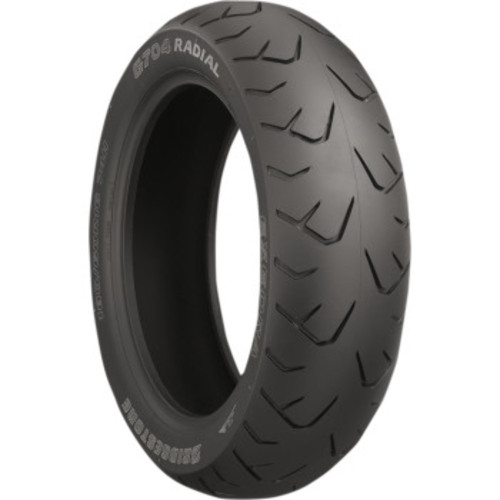
Our product line
Current Top Sellers
-

Continental Conti Motion 120/70ZR-17 58W Front Motorcycle
$185.43 $100.35 -

Shinko 705 150/70R-17 69H Rear Motorcycle
$178.95 $152.11 -

-

Bridgestone Battlax BT46 130/70-18 63H Rear Motorcycle (11656)
$264.29 $157.69 -

Dunlop American Elite 180/65B-16 81H Rear Motorcycle
$396.95 $326.99 -

Continental Conti Motion 180/55ZR-17 73W Rear Motorcycle
$255.06 $134.31 -

Bridgestone Exedra G709 130/70R-18 63H Front Motorcycle
$339.26 $242.01 -

Bridgestone Exedra G704 180/60R-16 74H Rear Motorcycle
$406.29 $317.73 -

Shinko Sr568 130/60-13 60P Rear
$74.95 $57.67 -

Shinko 705 90/90-21 54H Front Motorcycle
$103.95 $88.36 -

Michelin Road 5 120/70ZR-17 58W Front Motorcycle
$250.95 $187.36 -

Avon AV91 Cobra Chrome 120/70-21 68V Front Motorcycle
$366.85 $242.65 -

-

Bridgestone Exedra G852 200/55R-16 77H Rear Motorcycle
$450.76 $321.56 -

-

Dunlop D402 Harley Davidson MT90B-16 72H Black Front Motorcycle
$257.95 $199.99
Only the Best Motorcycle Tires for Sale at American Moto Tire
Getting a great deal on motorcycle tires shouldn’t mean that you need to settle for lower quality. Every motorcyclist knows that much of their safety depends upon having the highest quality and correct tires mounted on their motorcycle. That is why at American Moto Tire (AMT), we pride ourselves on always stocking all the top trusted ATV, UTV, and Motorcycle Tire Brands at affordable prices for every budget such as: AVON, BFGOODRICH, BRIDGESTONE, CONTINENTAL, CST, DUNLOP, DURO, IRC, ITP, KENDA, MAXXIS, METZELER, MICHELIN, PIRELLI, SEDONA, SHINKO, and STI TIRE AND WHEEL.
AmericanMotoTire.com has literally thousands of different discounted motorcycle tire models and sizes in stock and available for almost any type of bike you might have within the four main categories:
Street -
(Cruiser, V-Twin, Power Cruiser, Bagger, Chopper, Bobber, Touring, Sport Touring, Standard, Naked Bike, Roadster, Muscle Bike, Sport Bike, Racing, Streetfighter, etc.)For Cruisers and V-Twins, you typically want tires that will support a heavy load while still providing a good grip and comfortable ride. Touring and Sport Touring forms are usually geared towards the long haul and are typically made of harder rubber for a high load that are also all-season rated and engineered for providing longer tread life. They often tend to provide more grip at lower temperatures. Sport touring tires are primarily used for long-distance capabilities and of concerning high loads. With Sportbike tires, you want to pick one that is designed to handle speed and horsepower while still delivering a high level of mechanical and chemical gripping for cornering and steering. Race Tires are typically engineered various racing and riding conditions with an emphasis on maximizing traction to give you an edge in getting faster lap times and more competitive performance.
Adventure / Dual-Sport -
(Dual-Sport, Adventure Touring, ADV, Dual-Purpose, On/off-road, etc.)Dual Sport and Adventure kinds need to give you excellent performance regardless if you are riding on or off-road. However, if you know that you will be more frequently on one of the terrains over the other, then you should select one that favors that terrain style. For instance, if you are going to be more frequently off-road on dirt, then you might want to select an ADV Tire that is 70% dirt and only 30% street which would give you a more knobby pattern. One of the main advantages of getting Dual Sport tires is that most are DOT approved so that you can be both safe and street legal at the same time.
Dirt / Off-Road Tires -
(Dirt Bike, Motocross, Supermoto, Enduro, Rally, Trail, Trials, Track Racing, Pit Bike, etc.)Dirt and Off-Road Tires come in many different options that you can select to maximize the traction and performance for most any depends on your off-roading preferences such as competitive motocross to leisure trail riding and on upon almost any imaginable terrain such as in rocky, gravel, loose soil, sandy, or muddy surfaces.
Scooters / Mopeds -
(Scooter, Moped, Underbone, Motor Scooter, Maxi-Scooter, Touring Scooter, Electric Scooter, etc.)A Motor Scooter, also called a Scooter for short, is essentially a smaller type of motorcycle with a "step-through" frame design that also has a platform for the rider to place their feet upon. Though elements of scooters were present in earlier machines, the first real scooters didn't come onto the scene until around 1914. A Moped, on the other hand, is similar to a Scooter but the main difference is that it more like a motorized bicycle. In other words, it is a bike that has both pedals and a small motor with an engine displacement of less than 50 cubic centimeters to assist the rider with more ease while pedaling and to go faster. The word Moped literally comes from the combining of the two words Motor and Pedal. Scooter Tires are designed to provide comfort, longevity, and grip for almost any riding environment.
Buying cheap or discount motorcycle tires doesn't mean that you should have to sacrifice on quality, freshness, or delivery time either. At AMT, we only sell factory brand new tires with no blemishes or defects and the constant rotation of our stock helps ensure that you are getting the freshest items available in the industry. Shop our low prices for yourself and you will discover that our tires are so competitively priced that even hundreds of different motorcycle shops buy directly from us too.
Here at AMT, we also know that getting a great deal on a set of new tires for your ride won't do you any good if you have to wait like forever to receive them. That is why we do everything we can to make sure that we provide you the fastest shipping turnaround times too. That's right; when you shop at AMT, you will get the newest inventory and fastest shipping from 15 different warehouses strategically located all across the USA to get you your gear in the shortest amount of time possible.
We also have a great selection and prices for ATV tires and UTV tires too. Shop our low prices for yourself and you will discover that all of our tires are so competitively priced that even hundreds of different Motorcycle and Powersports shops buy directly from us too.
Motorcycle Tires are essentially the exterior part of motorcycle wheels that are attached to the outer side of the motorcycle's rims to allow for better acceleration, braking, gripping, stability, handling, and comfort. Aside from providing traction for use on a trail or road surface, they also serve for rider comfort as they act as a cushion between your machine and ground and help prevent the rider from experiencing any major vibrations or jerk during their ride.
Back in 1895, the first styles were called pneumatic tires. This style was originally invented for the bicycle seven years earlier in 1888 by John Boyd Dunlop who later went on to found the Dunlop Pneumatic Tyre Company.
These early tires used to be made of real rubber, but nowadays, newer manufacturing technologies are being implemented and the manufacturers are now using such things as synthetic rubbers, nylon, silicone, carbon fibers, and other high tech compounds to make them even more flexible, safe, durable and reliable.
Getting a flat used to be a major problem in those early days due to the poor road conditions. To mitigate this, spoked wheels were used with open-ended inner tubes to allow for easy repairs out on the open road. However, as solid alloyed wheels started to become the new standard in the 1970s, the industry started moving towards more tubeless models instead.
Nowadays, there are essentially two different types of manufacturing constructions: Bias-Ply and Radials. The Bias-ply versions are created by laying the plies in a diagonal (bias) manner from the outer bead to the inner bead. The process is repeated where the next ply is placed on top of the previous ply in a crisscrossing pattern. It used to be easy to rate these by merely stating how many plies were used in the process such as 2 ply, 4 ply, 6 ply, and so on.
However, now with manufactures creating more advanced compounds, the number of plies used is no longer the best gauge its strength. So, in this day and age, you also need to pay attention to other metrics such as its speed and load ratings too.
The radial format, on the other hand, made their debut in the early 1980s. The main difference between a Radial and a Bias-Ply is that plies in Radials are laid down in a perpendicular method from the inner to outer beads. The plies are essentially wrapped over the entire face and then down the sidewall too. Then to strengthen them and reduce wear, they are then belted typically with strands of steel. This also why they are commonly referred to as being radial belted or steel belted.
One of the biggest advantages of a Radial tire is that they are designed to dissipate heat better which allows for the motorcycle rider to go even faster. One of the downsides of the early style of radials was that the process tended to result in making the sidewalls a bit too thin which made them more susceptible to punctures. However, with new manufacturing processes, they are now infusing different compounds such as Kevlar or Aramid fibers into the sidewall portion to make them stronger, puncture-resistant, and longer-lasting.
It is always recommended to stick to the construction type that the motorcycle manufacturer recommends. However, it's completely your choice if you want to stray from those recommendations and make any changes.
So, in general, bias-ply tires typically have very stiff sidewalls, which makes them a popular choice for all the heavier motorcycles and ones with heavier loads. Bias-plies are also the only construction that can be used with motorcycle tubes https://www.americanmototire.com/tubes/ for off-road riding and with spoked rims. The Bias-ply option will typically yield higher millage results too. Radials, on the other hand, provide a rigid construction with lower temperatures and options with smaller aspect ratios.
In some cases, riders will choose to mix and match Bias-Ply and Radial types together with a different version on the front versus the rear. However, if you choose to go this route too, then make sure that you only place the Radial model on the rear and not on the front. However, in all cases, it is highly recommended to use at least the same manufacturer and/or the same model for both the front and rear tires to maintain similar properties and performance levels.
Choosing between tubeless and tube-type tires depends on the rim type that is mounted on your ride. For example, tubeless versions are mainly designed for airtight construction. That's why spoked rims wouldn't work well with this application because they would most likely develop air leakage problems with a tubeless ones mounted on them. Hence, combining it with an inner tube is recommended for such rims, but in all cases make sure you pick the correct tube stem type and size.
Whereas, with alloy rims, tubeless tires are recommended. However, there is typically no harm in using the inner tubes with tubeless styles too. In fact, this configuration is recommended to be used when either the wheels are torn out or have air leakage issues. It is important to select the right size of valves for the tubeless style as per the valve hole in the wheel. The size of the valve hole is typically 8.3 mm.
Motorcycle Tires come in various sizes and speed and load ratings. Generally, the sizing format used will look something like this "110/70-17 54H" wherein the first number in the series, "110", stands for its width in millimeters. The next number in this example, "70", refers to its aspect ratio. The third number, "17" means that the diameter of the rim would need to be 17-inches tall. The fourth number, "54", is the load-bearing capacity and letter at the end of it, "H", is the speed rating. So, in this example, if you look at the two charts below, you will see that a 54H means that you need to keep your total load to be under 467 pounds and you should keep the speed below 130 MPH.
Load Index
Here is a chart that displays an industry-wide numerical code that indicates the suggested maximum load in pounds that a tire can carry at the speed indicated by its speed index in the conditions of use specified by the manufacturer. So, before purchasing a new tire, consider the total weight of any thing that will be added to your bike such as: luggage, optional equipment, along with how much you weigh while wearing all of your clothing and gear, plus how much any possible pasengers might weigh too, and then make sure you select one that will support all this additional weight:
| Load Index | Max. Lbs. | Load Index | Max. Lbs. | Load Index | Max. Lbs. |
|---|---|---|---|---|---|
| 43 | 342 | 51 | 430 | 59 | 536 |
| 44 | 353 | 52 | 441 | 60 | 531 |
| 45 | 364 | 53 | 454 | 61 | 567 |
| 46 | 375 | 54 | 467 | 62 | 584 |
| 47 | 386 | 55 | 481 | 63 | 600 |
| 48 | 397 | 56 | 494 | 64 | 617 |
| 49 | 408 | 57 | 507 | 65 | 639 |
| 50 | 419 | 58 | 520 | 66 | 661 |
| 67 | 677 | 75 | 853 | 83 | 1074 |
| 68 | 694 | 76 | 882 | 84 | 1102 |
| 69 | 716 | 77 | 908 | 85 | 1135 |
| 70 | 739 | 78 | 937 | 86 | 1168 |
| 71 | 761 | 79 | 963 | 87 | 1201 |
| 72 | 783 | 80 | 992 | 88 | 1235 |
| 73 | 805 | 81 | 1019 | 89 | 1279 |
| 74 | 827 | 82 | 1047 | 90 | 1323 |
Speed Ratings
Here is a chart that displays the maximum speed that is allowable for each of the different speed ratings:
| Speed Rating | Maximum Speed |
|---|---|
| J | 62 mph |
| K | 68 mph |
| L | 75 mph |
| M | 81 mph |
| N | 87 mph |
| P | 93 mph |
| Q | 99 mph |
| R | 106 mph |
| S | 112 mph |
| T | 118 mph |
| U | 124 mph |
| H | 130 mph |
| V | 149 mph |
| W | 168 mph |
| Y | 186 mph |
This will help you choose the right size based on your bike's measurements and required speed and load ranges. You can also experiment with the widths and the speed rating, keeping the rim size the same for different riding experiences. Another important point to note is the wider versions will have an impact on fuel mileage and clearance issues. So always choose one that comfortable fits to your rim.
Choose wisely! Tires are of the utmost importance when it comes to the riding experience. Hence choosing the right one is essential. Make your pattern choices based on the kind of road you regularly ride on. If riding only involves street roads then choose a pattern that is smooth and less groovy, this will give a nice grip on a street ride. Similarly, for the dual-sport rider that routinely switched between on and off roads, you should choose a groovier pattern for a better grip. However, if you are riding majorly in an off-road setting, then you would want to pick a tread that has a more open block pattern which helps in braking on of road terrains.
Another important thing for a higher performance of the item is managing its pressure. For every type of roads, the tire pressures are defined by various brands for all their products. Always choose the recommended units of air pressure and maintain it regularly. Riding on low air pressure can damage the very threads leading to flats or side punctures. Whereas riding on too high of pressure may lead to the tire bursting at high speeds. For better performance and longer life, fill them up with nitrogen gas instead of normal air which will maintain its pressure longer and help to keep it cool at higher speeds.
For longer tire life, it is recommended that you store your bike and any unused tires in cool and dry places, away from direct sunlight. This will help them age slower and last longer.






